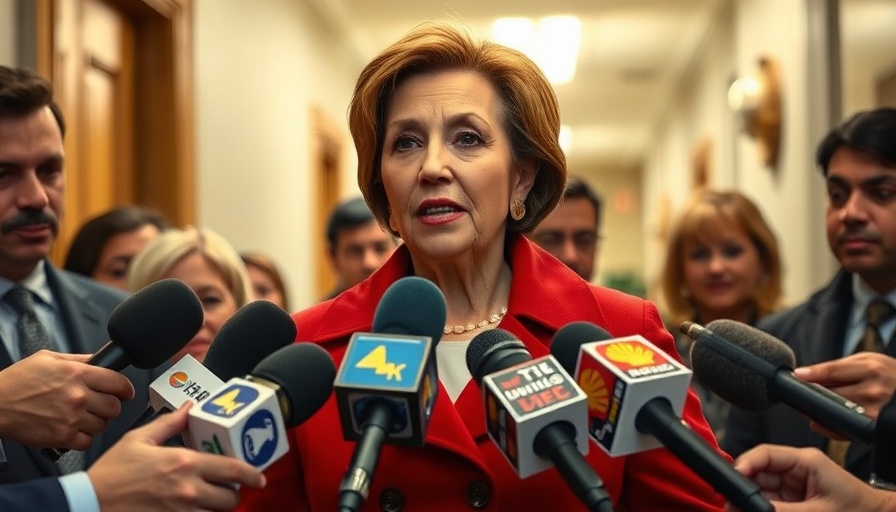
Understanding Toxic Workplace Culture
Creating a positive workplace culture is essential for employee satisfaction and organizational success. However, many employees find themselves trapped in a toxic work environment that can lead to devastating effects, such as drained motivation and high turnover rates. A toxic workplace isn't just a minor inconvenience; it's an organizational crisis. Essential to mitigating this issue is understanding the behaviors that foster a toxic culture.
Identifying Toxic Behaviors
Toxic behaviors in the workplace manifest in various forms. These include cliques that exclude others, ideas being stolen, or employees being pitted against each other. Such dynamics breed resentment and undermine trust among team members, ultimately damaging team cohesion and morale. Recognizing these warning signs is critical for any organization aiming to cultivate a supportive and productive work environment.
The Role of Management in Culture Shift
Active listening and awareness are the first steps in combatting toxicity at work. Managers must strive to understand the underlying issues affecting their teams before implementing changes. Subtle signs, like gossiping or undermining colleagues, can escalate if left unaddressed. It’s crucial for leaders to recognize that their actions and attitudes directly influence company culture. By fostering a culture of responsiveness, managers can actively engage with employees, addressing concerns before they spiral out of control.
Leadership Strategies Against Toxicity
Training for leaders should extend beyond conventional business strategies. Emotional intelligence, active listening, and constructive feedback are key skills that can effectively address toxic behaviors. Helping managers develop these competencies not only prepares them to manage interpersonal dynamics, but it also prevents toxic behaviors before they establish a foothold in the workplace. A workplace where leadership is empathetic and proactive forms a solid foundation for a healthy culture.
Creating a Healthy Workplace Environment
A healthy work environment actively addresses toxic elements rather than ignoring them. This includes confronting passive-aggressive conduct, exclusionary tactics, and belittling behavior directly. Managers play a critical role in setting behavioral expectations and fostering an atmosphere where employees feel valued and heard. Establishing clear lines of communication helps ensure that no employee's contributions are dismissed. When a culture of respect and accountability is maintained, employees are more likely to contribute openly and collaborate effectively.
The Long-Term Commitment to Culture Change
Transforming a company's culture is a long-term commitment that requires consistent effort, transparency, and courage. Managers must prioritize inclusivity and respect to rebuild trust among employees. By calling out negative behaviors, such as undermining peers or disregarding dissenting opinions, leaders cultivate psychological safety—where employees feel secure enough to express their thoughts and take intelligent risks. Over time, this dedication leads to a thriving, cohesive workplace.
Embracing Positive Change for Future Success
Recognizing the importance of a healthy workplace culture will lead to better mental health and productivity among employees. Your company doesn't just have a unique culture; it can also define its future success. To foster such an environment, managers must prioritize open dialogue, address toxic behaviors, and incorporate feedback to continuously improve the workplace atmosphere.
Through these collective efforts, businesses can transition from a toxic environment to one that is engaging and supportive—maximizing employee satisfaction and ensuring organizational success in the long run.
 Add Row
Add Row  Add
Add 




Write A Comment